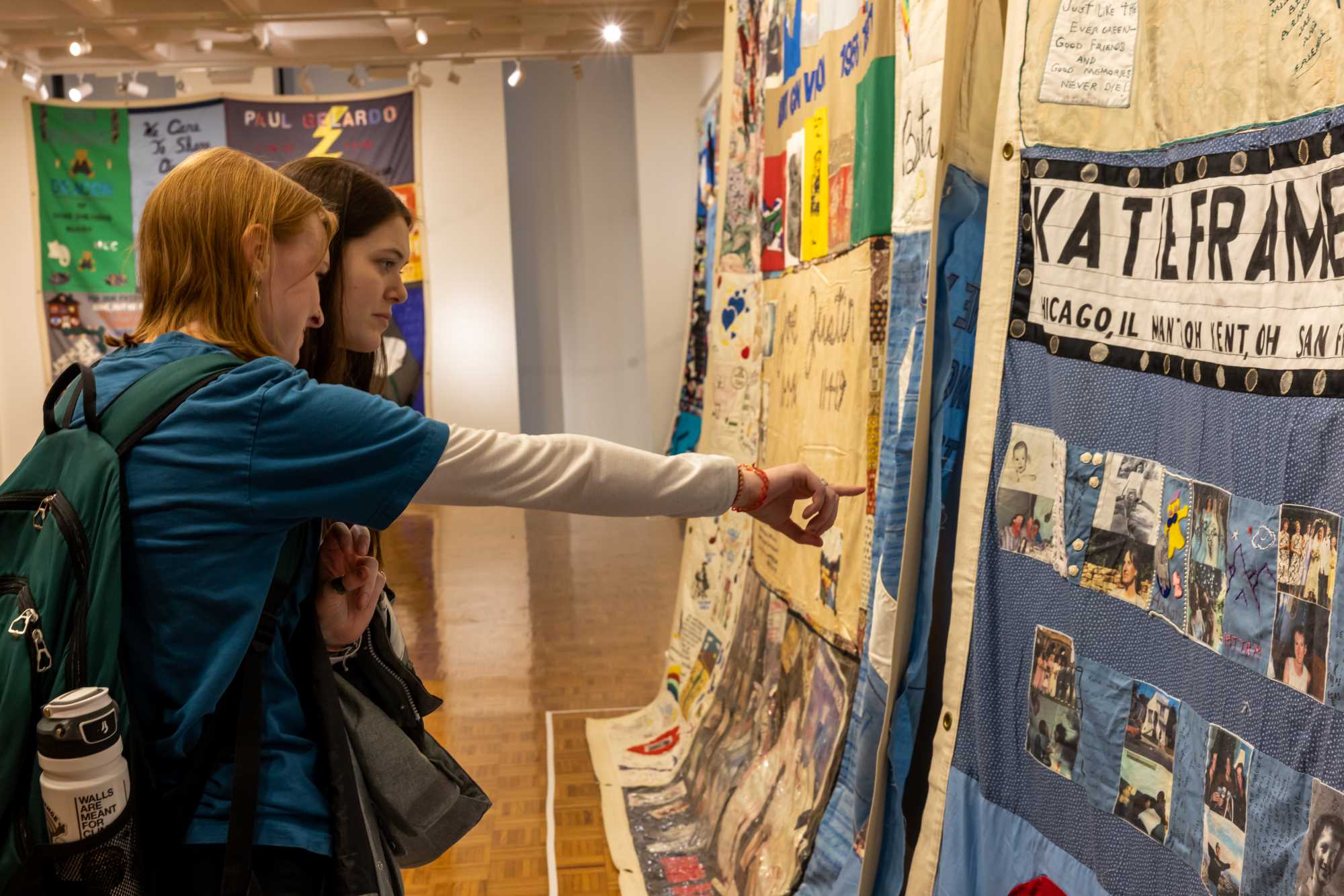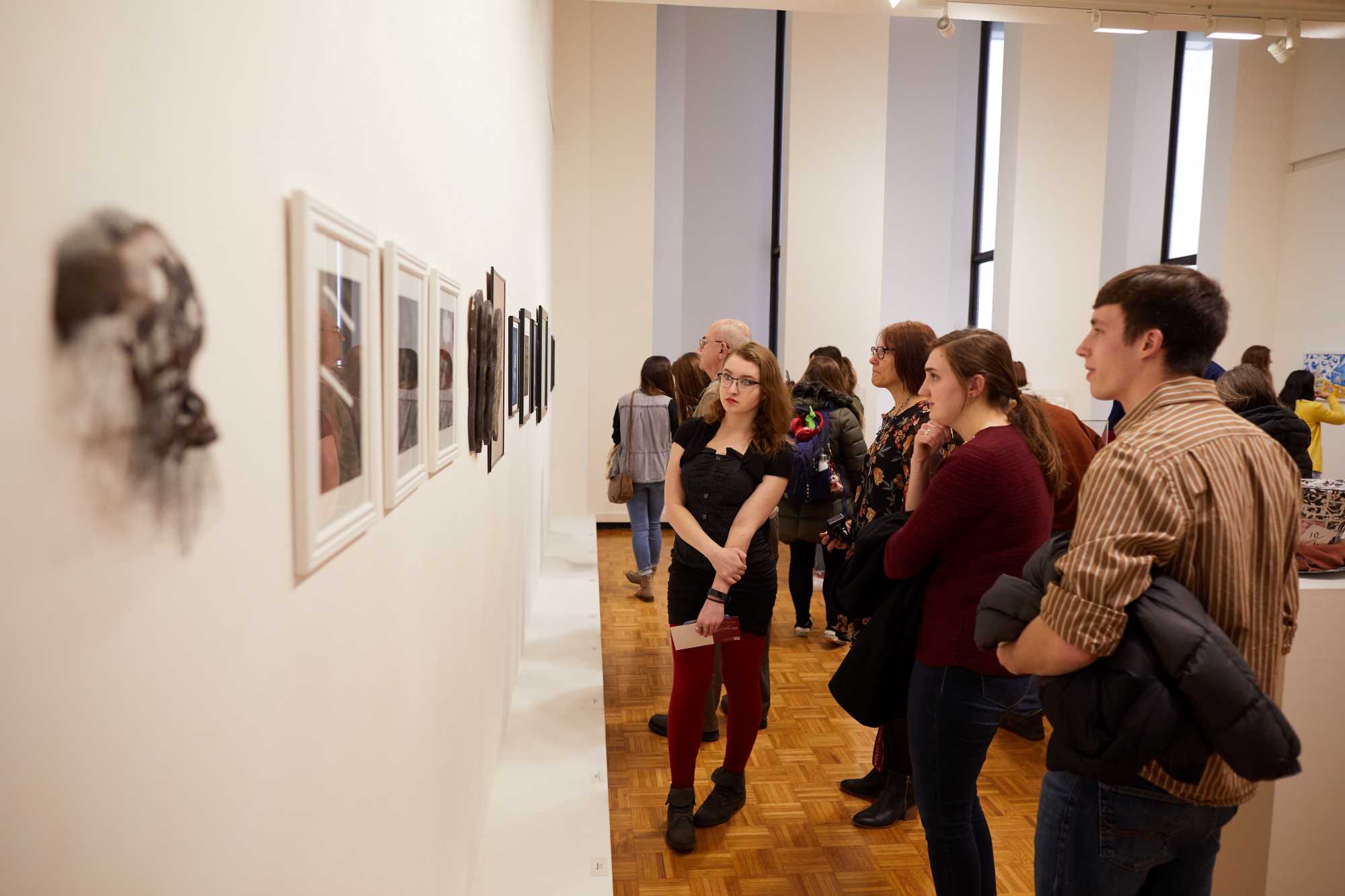Art History program
Investigate art from centuries past
From cave paintings to contemporary art, art history is an exploration of works created around the world. Art history trains students in the essential skills of research, writing, and visual literacy.
UW-La Crosse’s Art History Minor allows students to work directly with art collections and digital resources. Local partners such as the La Crosse Historical Society provide students with hands-on experience curating exhibitions, presenting research and networking with a variety of professionals including historians, conservators, exhibition designers, curators, artists and other professionals locally and nationally.
Art history jobs
Although you may not have a specific career in mind when you enroll in the art history program, the skills you acquire throughout your course of study will open the doors to many career options; both in careers directly related to the degree, as well as those not directly related to it.
An art history minor pairs well with many other majors and is particularly popular with majors of history, sociology, art, education and even chemistry.
Art history skills
- Visual, verbal and written literacy
- Critical thinking and analytical thought
- Aesthetic and design consciousness
- Cross-cultural communication
- Historical or archival research methods
- Ability to think critically about art, the media, and the past
- An understanding of contemporary issues in the practice and display of art
- Presentation and public speaking
Art history related careers
- Archival technician
- Art advisor
- Art appraiser
- Archivist
- Art auctioneer
- Art critic
- Art dealer
- Art handler
- Art librarian
- Arts administrator
- Archaeology
- Conservator
- Curator
- Gallery assistant
- Grant writer
- Historic preservationist
- Installation designer
- Museum educator
- Museum public relations
- Professor
- Registrar
What distinguishes UWL’s art history program?
Students work with real art collections both online and in-person. They also gain experience in exhibition planning, writing museum labels, and creating audio guides.
Whether through virtual meetings or in-person visits, students are able to connect with professional historians, conservators, exhibition designers, curators, practicing artists and others in the local community and throughout the nation.
Students take field trips to museums both locally and in larger cities such as the Minneapolis-St.Paul area.
Faculty help students identify and apply to internships within the field of art history.
















